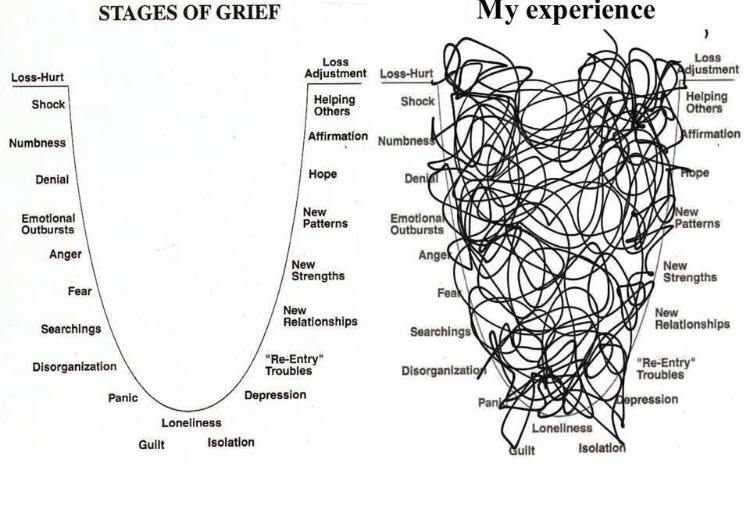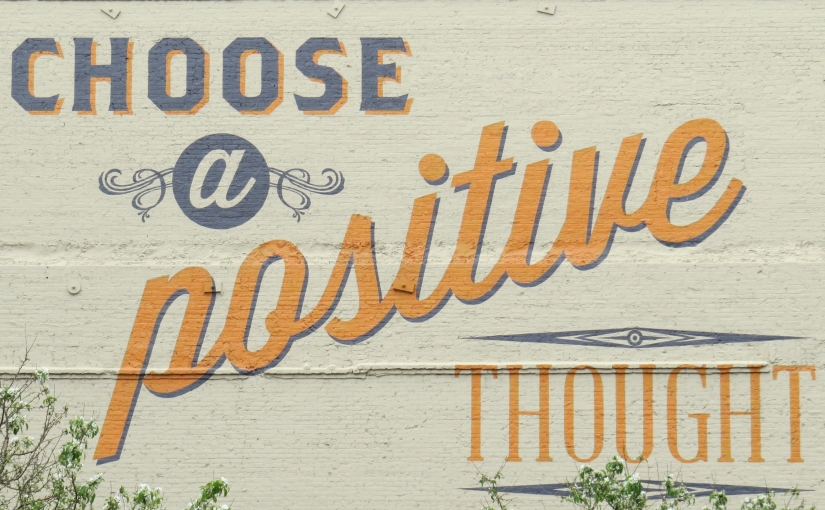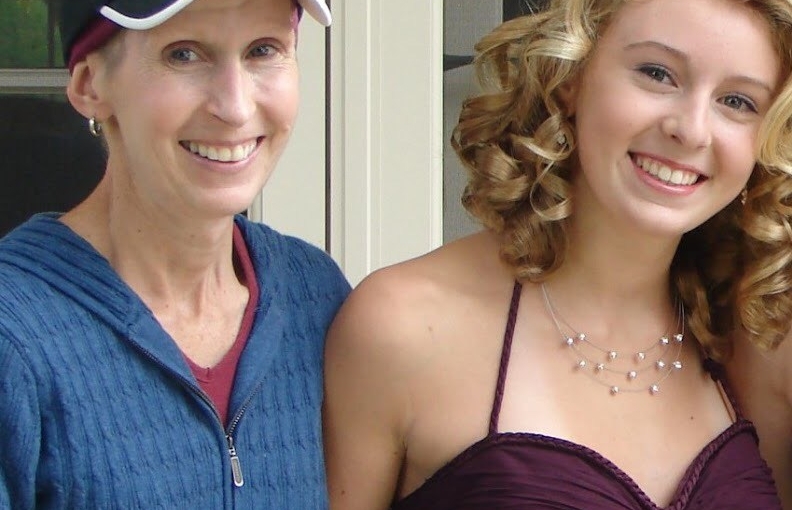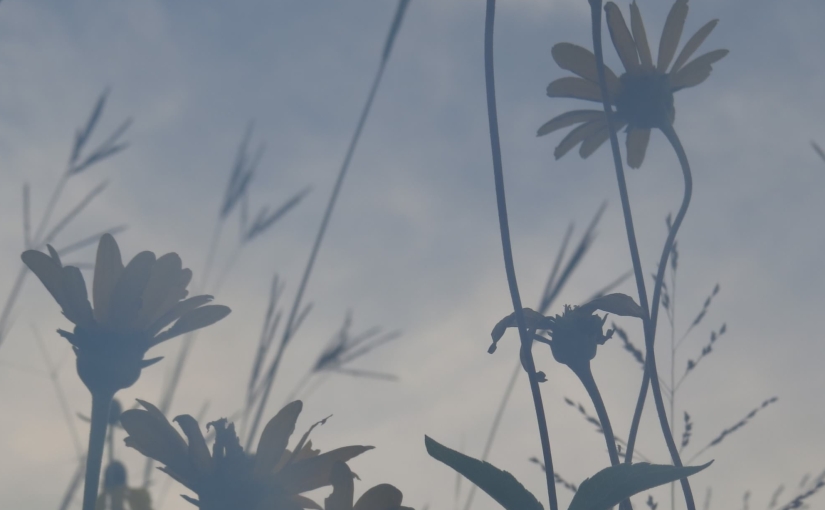Have you ever attempt to unravel yarn? It is a Sisyphean task. Every time you make progress unraveling one section, it seems another section has knotted itself up in the process. So you tackle that section…only to have a different section tangle even tighter. And so it continues – untangle, untangle, untangle.
This is life, for we emotional beings. The process of emotional unravelling is necessary, important, frustrating, constant. We are never fully done.
With yarn, we have the luxury of eventually giving up and buying a new skein. But Little Fighter, you cannot do that with your emotions. You cannot buy a new emotional self. It’s not how human beings work. We do not have replaceable parts. Our emotions are always with us, woven throughout every arteries and sinew. We cannot compartmentalize emotions and set them aside in the process of growth. Instead, we must recognize they are integral, the key to personal growth.
You and I know well that emotions, as necessary as they are, are also extremely messy. We need to remember then, why putting in the effort to untangle is necessary. We show up to the untangling process because we are committed to growth, committed to being our best selves. Even when you have a six-figure job, the best Fantasy Football team in the league, stunningly Shellac nails, biceps even Michelle Obama would envy, a cohesive nuclear family, a cozy house, an aesthetic Instagram, a balanced diet, and the cutest Goldendoodle on the planet, you still will not be your best self until you are emotionally intelligent, too.
Emotional growth is not a neat linear path we follow, like the steps up a corporate ladder or the instructional guide on how to assemble your IKEA furniture. Emotional growth can feel like this post’s picture – a messy swirl of back and forth and up and down and new experiences and do-overs.
So, Little Fighter, we are here to honor the excruciating process of unraveling. We honor how innately frustrating, dynamic, turbulent, messy, tear-inducing, trying, and constant it is. We recognize that unraveling is hard. It takes energy to unravel!
And also, we are here to honor the beauty in success – in developing the toolkit to dig through the messy emotions to begin to change our emotional patterns. We honor how rewarding, gratifying, necessary, and freeing the process of emotional unraveling is.
Cultivating emotional strength is a skill we learn, it is not something we stumble into. Emotional strength does not simply arrive at major life milestones – it is not an organ that you grow when you’ve reached a monumental birthday, when you’ve landed your dream job, or when you’ve had a child. You cannot order emotional strength on Amazon. You cannot write emotional strength onto a resume, because it is unquantifiable.
There are no awards for unraveling, though the process is undoubtedly one of the most grueling experiences of your life. The only person who recognizes the unraveling is you.
And that, Little Fighter, is significant! Because once you honor the emotional strength you are capable of, once you take ownership of your own resilience, once you understand that you can now harness that strength and use it to propel you, you can do anything. This blog, The Winnowing Year, is where we honor that unrewarded achievement; it is a space that we recognize the very hard emotional work you’ve been doing and that you will continue to do. I see you. More importantly, you see you.
This morning I woke up frustrated – frustrated that this process of unraveling is seemingly unending, frustrated that no matter how much emotional resilience I cultivate, there is always more room for growth. It made me wonder once again if facing emotions head-on in this way was worthwhile.
I glanced over to a letter on my desk. My friend Emmanuel recently wrote to me, encouraging me to turn to a familiar poem, “Desiderata” by Max Ehrmann. One stanza in particular always speaks to me:
“you are a child of the universe / no less than the trees and the stars / you have a right to be here / and whether or not it is clear to you / no doubt the universe is unfolding as it should”
The words are beautiful, because they is true. The universe is unfolding as it should.
This weekend, let’s think about unfolding, about unraveling our emotional yarn. Let’s take a moment to be gentle with ourselves – to honor the messy, hard, and necessary emotional work that we are doing. We are trying, and quietly, slowly, gently, we are growing. The universe is unfolding as it should.
Keep what is necessary. Let go of what is not. Today is a step toward clarity.




